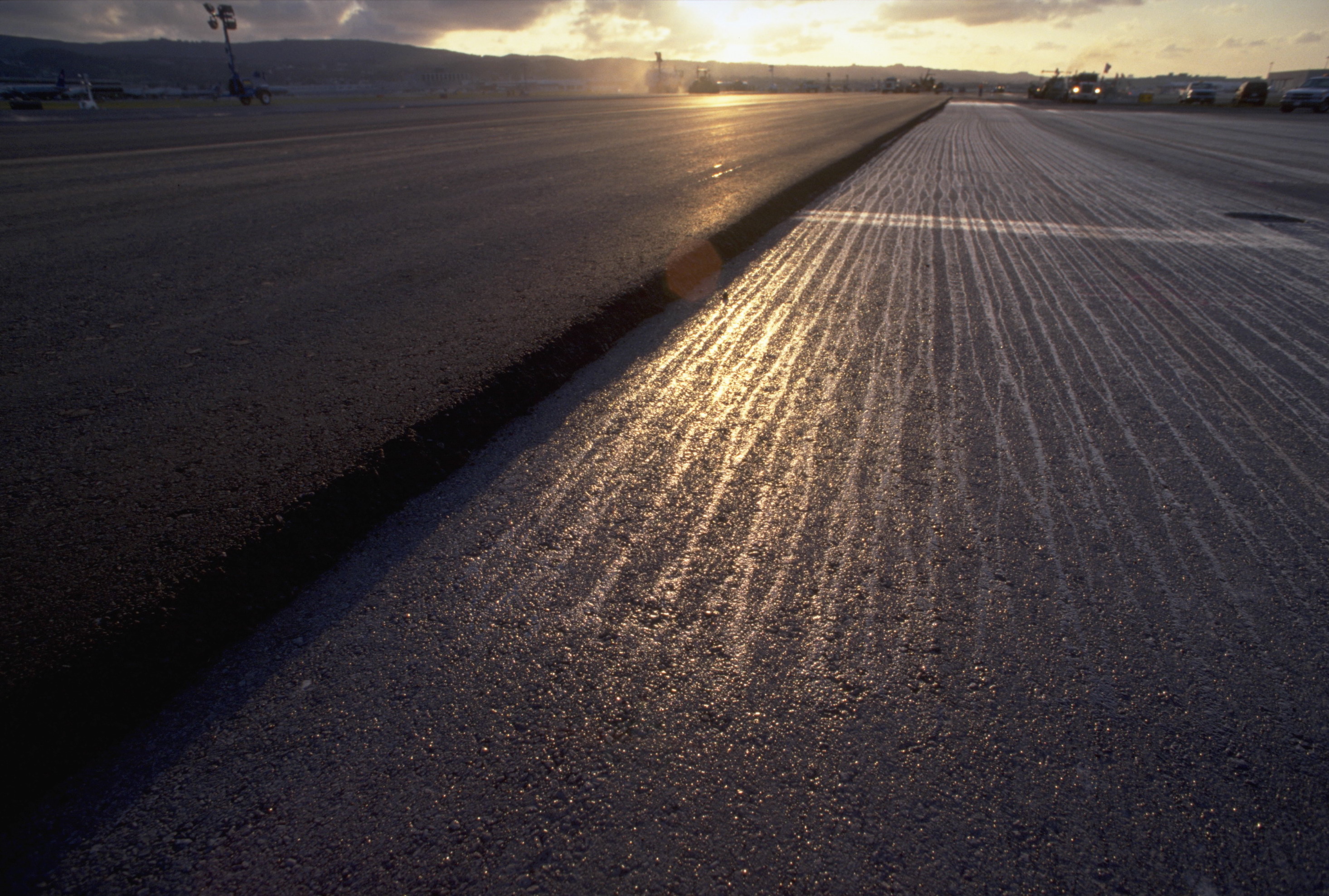Opening the Keys of Warm Mix Asphalt Modern Technology
Checking out the depths of warm mix asphalt innovation discovers a globe where precise processes and precise formulations assemble to shape our roadways and facilities. The fusion of binders, accumulations, and fillers isn't simply a construction job but a critical orchestration of toughness and efficiency.
Importance of Hot Mix Asphalt
Hot Mix Asphalt plays an essential duty in modern framework development as a result of its sturdiness and cost-effectiveness. As one of the most typically used leading material for roads, freeways, and car park, Hot Mix Asphalt supplies a variety of advantages that contribute to its relevance in construction tasks. One key advantage is its capacity to withstand hefty website traffic loads and extreme weather, giving a dependable and resilient surface area for transport networks. Additionally, Hot Mix Asphalt is economical in both initial construction and long-lasting upkeep, making it a recommended choice for many facilities jobs.
The toughness of Warm Mix Asphalt stems from its make-up, which includes aggregates, binder, and filler products that are thoroughly chosen and mixed to satisfy particular efficiency demands. In general, the relevance of Hot Mix Asphalt in infrastructure development can not be downplayed, as it continues to be a keystone of contemporary construction techniques.
Components of Asphalt Mixes
The make-up of asphalt mixes is composed of thoroughly selected accumulations, binder, and filler products that are vital for achieving certain performance demands. Accumulations are the main part of asphalt blends, offering toughness and stability. These aggregates can be all-natural, such as gravel or crushed rock, or synthetic, like recycled materials from old sidewalks. The binder, typically asphalt or asphalt concrete, holds the aggregates with each other and gives flexibility and toughness to the mix. The selection of the binder is important as it straight influences the mix's performance in different climate conditions. Fillers, such as hydrated lime or Portland concrete, are made use of to improve the mix's workability and aging resistance. Angled Parking.
The mix and proportion of these elements play a substantial duty in determining the quality and performance of the asphalt mix. Engineers carefully develop the mix to satisfy particular demands, thinking about elements like web traffic volume, climate conditions, and sidewalk life-span. Correct option and harmonizing of accumulations, binder, and fillers are necessary for producing long lasting, lasting asphalt pavements.
Mixing and Production Strategies

When the accumulations are chosen, the binder, commonly asphalt concrete, is contributed to bind the products with each other. The binder's top quality and amount dramatically influence the mix's adaptability, toughness, and resistance to environmental factors. In addition, fillers like moisturized lime or Rose city cement may be included to improve certain attributes of the asphalt mix, such as its workability or wetness resistance.
During production, the accumulations and binder are heated up, normally between 250-325 ° F(121-163 ° C ), to help with mixing and guarantee proper covering of the accumulations. The blending process must be thorough to attain an uniform mix that advertises the preferred performance qualities of the asphalt. Various strategies, such as batch mixing or drum mixing, are used to achieve consistent and high-grade asphalt mixes for construction tasks.
Elements Influencing Asphalt Performance
Elements affecting asphalt efficiency encompass a range of variables that impact the sturdiness, durability, and overall top quality of asphalt pavements. One essential variable is the quality of materials utilized in the asphalt mix.

Design considerations, such as pavement density and drain, are crucial in ensuring my explanation the long-lasting performance of the asphalt sidewalk. By very carefully taking into consideration these engineers, professionals and variables can maximize asphalt efficiency and improve the service life of pavements.
Sustainable Practices in Asphalt Modern Technology

WMA permits for the production and positioning of asphalt blends at lower temperature levels compared to standard hot-mix asphalt, resulting in lowered energy usage and greenhouse gas exhausts. The use of permeable asphalt blends can help alleviate stormwater drainage issues by enabling water to penetrate through the pavement and right into the ground, advertising all-natural water filtering and reenergize procedures.
Conclusion
Finally, warm mix asphalt technology plays a vital duty in modern-day framework growth due to its resilience and cost-effectiveness. By very carefully stabilizing parts, using correct blending methods, and taking into consideration numerous variables, designers can produce top notch asphalt blends that stand up to rush hour lots and severe weather condition problems. Embracing sustainable techniques, such as making use of warm-mix modern technologies and recycled products, additionally improves the environmental kindness of asphalt modern technology.
Mixing and manufacturing strategies in hot mix asphalt technology involve the specific mix and processing of accumulations, binder, and fillers to produce a resilient and high-performance asphalt mix.Factors affecting asphalt performance encompass a range of variables that impact the durability, long life, and general quality of asphalt sidewalks. Sustainable techniques in asphalt innovation encompass numerous initiatives intended at decreasing the ecological effect of asphalt production and paving processes. By integrating recovered asphalt sidewalk (RAP) and recycled asphalt roof shingles (RAS) into brand-new asphalt mixes, the sector can substantially decrease the intake of raw materials and power, while also reducing landfill waste.
WMA enables for the production and positioning of asphalt blends at lower temperature levels compared to standard hot-mix asphalt, resulting in reduced power intake and greenhouse gas discharges.